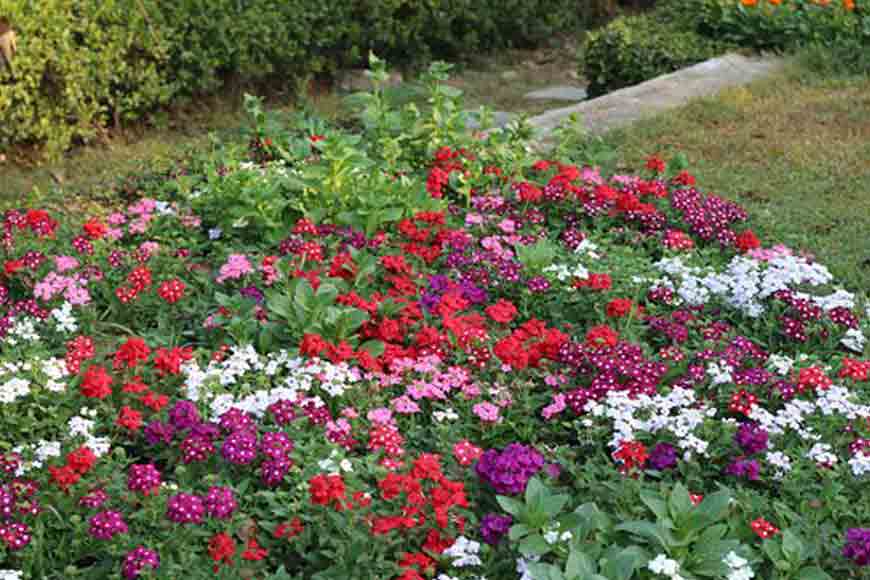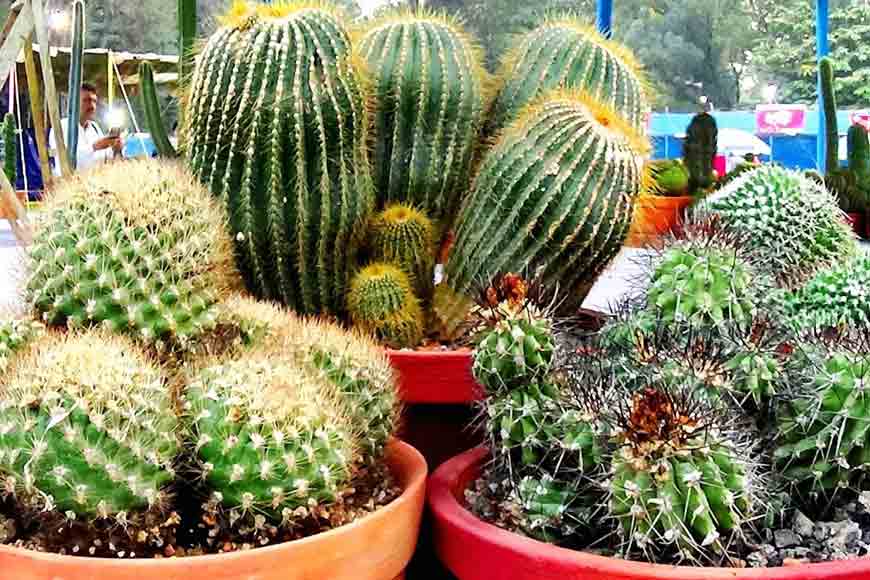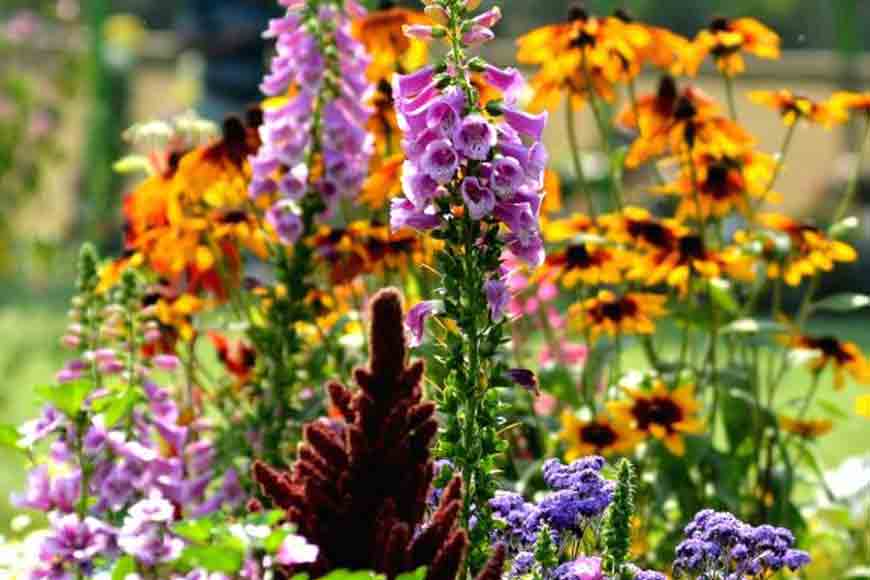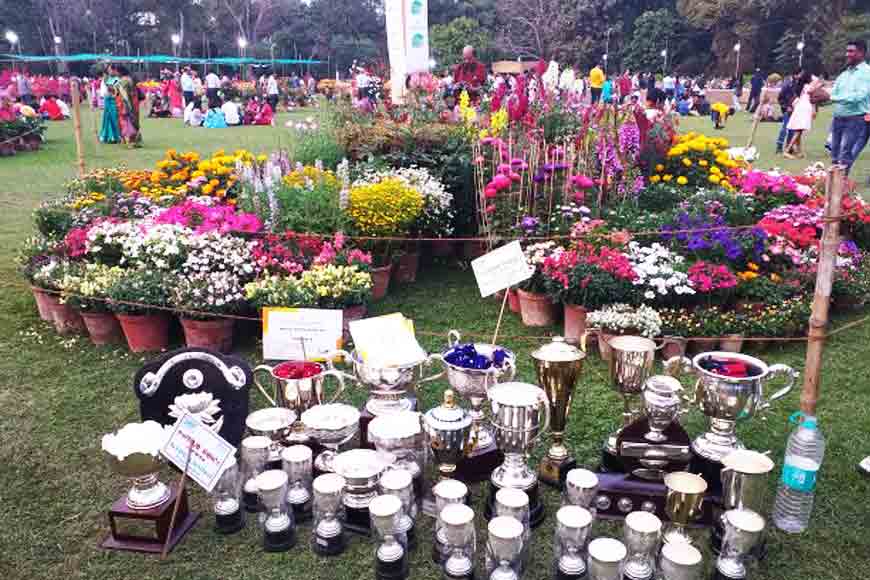Agri-Horticultural Society and how it introduced winter veggies to India 200-year-journey

In the heart of South Kolkata stands the gardens of paradise that will be celebrating its 200th year. Yes, we are talking about Agri-Horticultural Society of India, that will be celebrating its bi-centenary. Founded in 1820 by Rev William Carey, an English Baptist Missionary, the society has continuously served as a research heaven for horticulturists. The British started it for development and promotion of agriculture and horticulture in India. William Carey was encouraged and supported by the Governor-General of India, The Marquis of Hastings, who also became the first patron of the Society.

Carey was a distinguished orientalist and botanist and was often referred to as ‘The Father of Modern Bengal,’ a name that Rabindranath Tagore himself had coined. In 1820, Carey published an essay presenting reasons for the establishment of an Agricultural Society in India. On September 14, 1820, Carey and four other Europeans including Joshua Marshman established the Society, but by October 23, 1820, over fifty persons had joined the Society. Lord and Lady Hastings were keen supporters of this society.

Carey wished research work to take place that would help in improvement of the land, by encouraging a superior mode of cultivation, even rotation of crops, introduction of new and useful plants, improvement of implements of husbandry, and inclusion of waste lands into a state of cultivation. No wonder he was a visionary. With the foundation of the society a wide variety of vegetables and fruits were introduced in the market to which the Indian society was completely oblivious. Cotton and the Sugarcane were cultivated. The members had done their best to spread their Otaheite cane, thick cane with high sugar content, that gave high yields on virgin and relatively new land.

The Society served as the de facto ministry of agriculture up to 1900. India owes a great deal to Carey as he pioneered the import of winter vegetables like cauliflower, cabbage, tomato and beet that were otherwise impossible to grow in Indian climate. From acclimatizing these crops to modernizing the cultivation techniques, Carey’s contribution in the current progress of Indian agriculture is remarkable.

Mr. Percy-Lancaster is another revered name in the history of the Society whose immense contribution would be remembered across generations. He introduced many new plants from abroad and institutionalized the concept of hybridization in India. Many plants found in the Society owe their origin to him. He discovered many interesting mutants in: Acalypha, Canna, Codiaceum, Hibiscus, Malvaniscus, Panax and Sansevieria. The Society was awarded the ‘Royal’ Charter in 1935 by King George V. Even today, the legacy of Carey goes on. It has introduced maize from America, wheat from Europe and high yielding rice from Carolina. Potato, tomato, cauliflower, cabbage, turnip, carrot and all of the European vegetables from England and Europe.










